Divided into the following three types:
First, the prepolymer method
The prepolymer foaming process is to prepare (white material) and (black material) into a prepolymer, and then add water, a catalyst, a surfactant, other additives, etc. in the prepolymer to be mixed under high speed stirring. Soak, after curing, it can be matured at a certain temperature.
Second, semi-prepolymer method
The foaming process of the semi-prepolymer method is to first form a part of the polyether polyol (white material) and the diisocyanate (black material) into a prepolymer, and then another part of the polyether or polyester polyol and the diisocyanate, water. A catalyst, a surfactant, other additives, and the like are added, and the mixture is foamed under high-speed stirring.
Third, one-step foaming process
The polyether or polyester polyol (white material) and polyisocyanate (black material), water, catalyst, surfactant, foaming agent, other additives and the like are added in one step, mixed under high-speed stirring, and then foamed.
The one-step foaming process is currently widely used. There is also a manual foaming method, which is the easiest way to accurately weigh all the raw materials, put them in a container, and then immediately mix them evenly into the mold or the space where the foam needs to be filled. Note: The polyisocyanate (black) must be weighed in the final weighing.
The polyurethane rigid foam is generally foamed at room temperature, and the molding process is relatively simple. According to the degree of construction mechanization, it can be divided into manual foaming and mechanical foaming; according to the pressure during foaming, it can be divided into high pressure foaming and low pressure foaming; according to the molding method, it can be divided into casting foaming and spray foaming.
Tempered Glass is often used in applications where using standard glass could pose a potential danger. Tempered glass is stronger than standard glass and does not shatter into large shards when broken. This is important, because it can greatly minimize potential danger in the case of a break. Manufactured through a process of extreme heating and rapid cooling, tempered glass is much harder than normal glass.
Tempered or toughened glass is a type of safety glass processed by controlled thermal to increase its strength compared with normal glass. Tempering puts the outer surfaces into compression and the interior into tension. Such stresses cause the glass, when broken, to crumble into small granular chunks instead of splintering into jagged shards as plate glass (a.k.a. annealed glass) does. The granular chunks are less likely to cause injury.
Clear tempered glass is most widely used windows, doors, partitions, shower room, table top, glass wall and so on. It is substrate, it can be processed into printed tempered glass, back painted tempered glass, frosted tempered glass and so on.
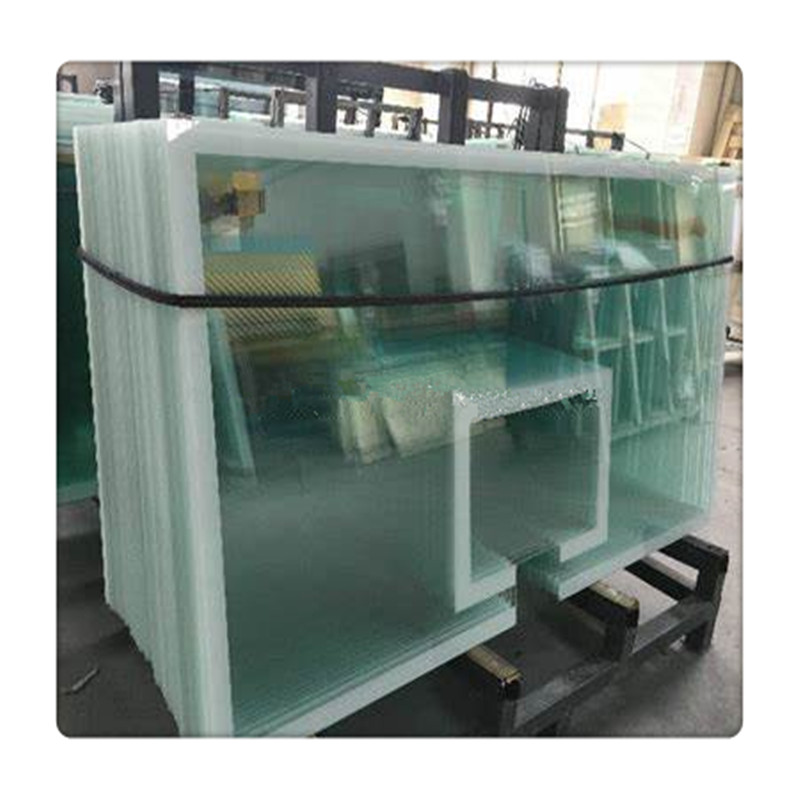
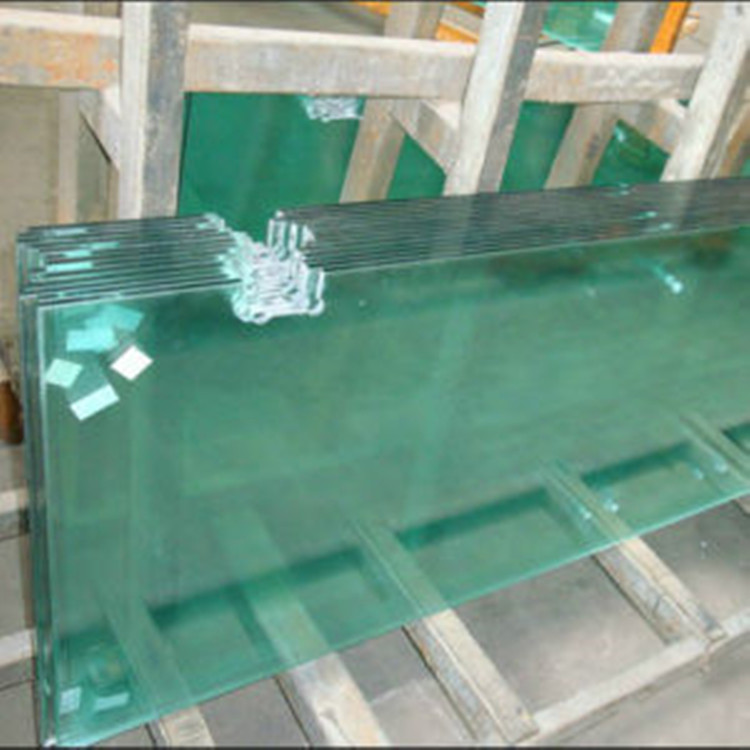
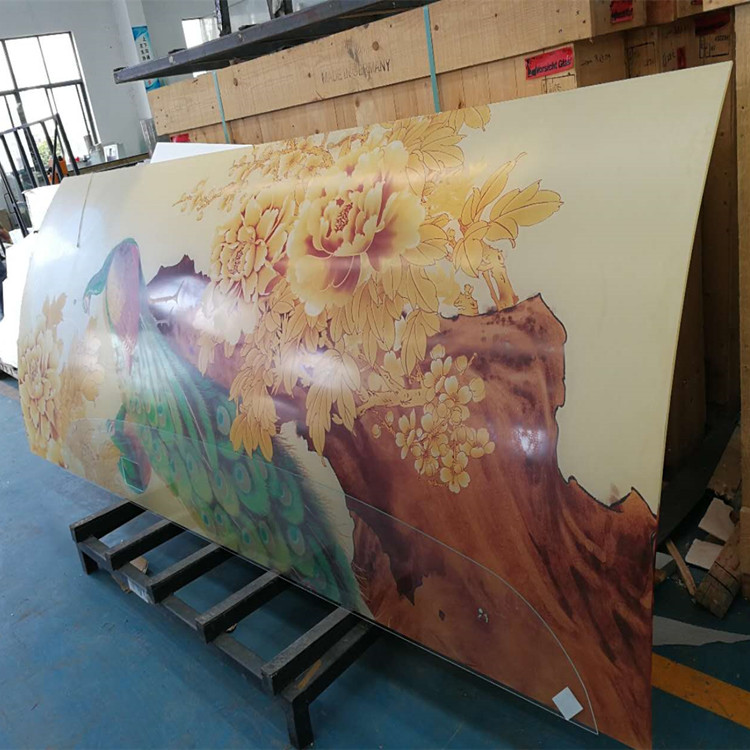
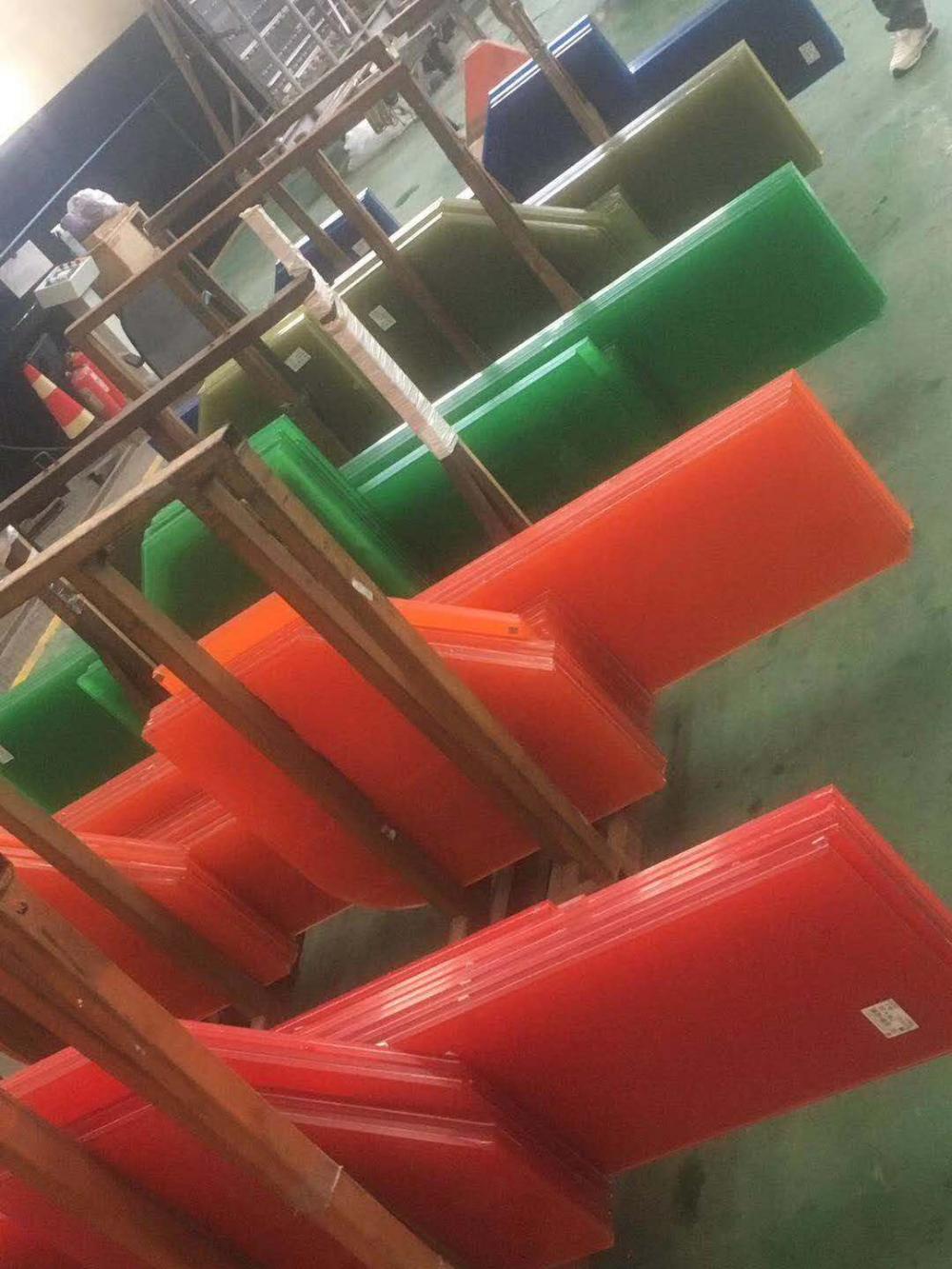
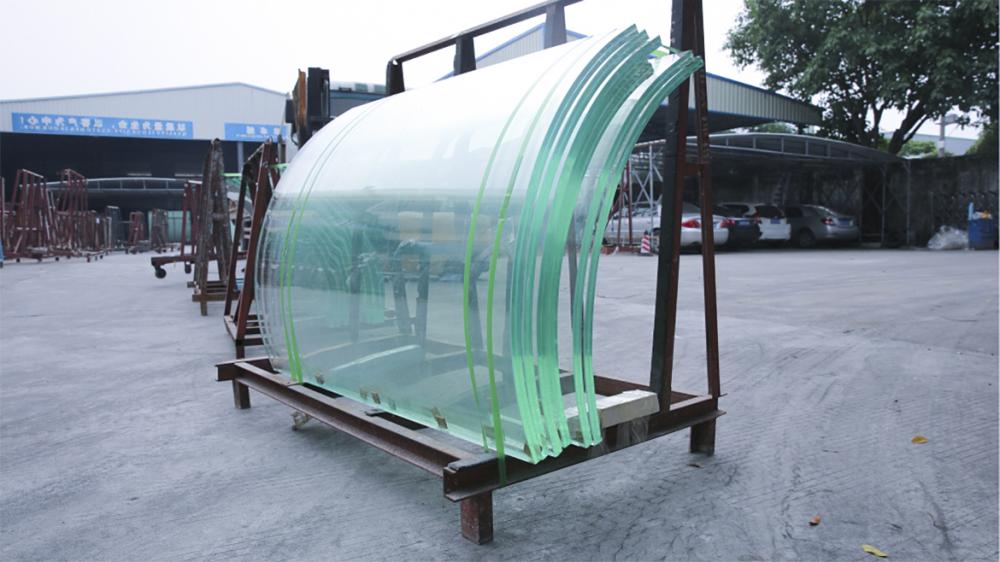
fully tempered glass,tempered glass top,round tempered glass,cost of tempered glass per square foot,low iron tempered glass
Shanghai Lead Glass Co.,Ltd , https://www.leadglazing.com
